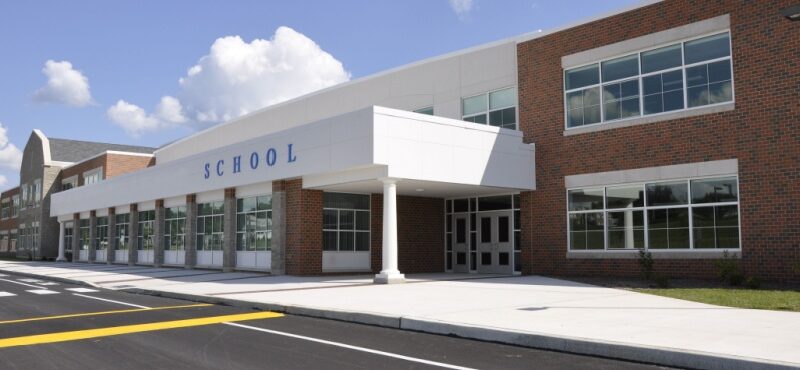Creating a safe and secure learning environment is a top priority for schools. From natural disasters and medical emergencies to security threats and lockdowns, school administrators must be prepared to respond quickly and effectively to protect students, faculty, and staff. In recent years, the role of communication technology in school safety has grown substantially, offering tools that streamline emergency coordination, reduce response times, and provide peace of mind to parents and educators alike.
Modern communication systems—such as two-way radios, intercoms, mass notification platforms, and surveillance integration—are essential for building an effective emergency preparedness strategy. These tools ensure that school personnel can communicate clearly and instantly across campuses, initiate lockdown procedures, alert first responders, and manage unfolding situations with confidence.
Instant Communication During Critical Moments
When an emergency strikes, seconds matter. Traditional methods like email, classroom phones, or announcements over a PA system may not offer the speed or clarity needed during a high-stress event. Two-way radios provide instant, push-to-talk communication that connects administrators, security staff, maintenance teams, and faculty members in real time.
Unlike cell phones, which can fail due to network congestion or weak signals in certain parts of the school, radios offer reliable, dedicated channels that remain functional even in challenging conditions. This makes them especially valuable during evacuations, lockdowns, severe weather, or medical incidents. Clear communication ensures that staff can follow emergency protocols, direct students to safety, and remain in constant contact until the situation is resolved.
Coordinating with First Responders
Effective communication isn’t limited to internal teams—it must also extend to local law enforcement, fire departments, and emergency medical services. With the right communication infrastructure in place, schools can coordinate directly with first responders the moment an incident begins.
Some school systems implement radio interoperability, allowing on-site teams to communicate directly with 911 centers or arriving emergency personnel. Others use integrated platforms that share real-time information, such as video feeds from surveillance cameras or building access alerts, helping responders understand the situation before they arrive. This level of coordination is vital for a fast and effective emergency response.
Supporting Lockdown and Evacuation Protocols
School emergencies often require quick decisions regarding shelter-in-place, lockdown, or evacuation procedures. Mass notification systems play a key role in reaching everyone on campus within seconds. These systems can send pre-programmed alerts via loudspeakers, classroom intercoms, mobile apps, and digital signage simultaneously.
Two-way radios also support real-time decision-making during lockdowns. Security staff can move through buildings while remaining in communication with administrators and district personnel, reporting on room status, verifying student safety, and confirming when areas are clear. In evacuation scenarios, communication tools ensure that all zones of the campus are accounted for and that students are guided to designated safe areas without confusion.
Enhancing Visibility with Video Surveillance Integration
Communication systems become even more powerful when integrated with video surveillance. Cameras placed in hallways, entrances, playgrounds, and common areas give school administrators and security teams real-time visibility into unfolding events. These systems can trigger alerts when unauthorized access occurs, doors are left open, or motion is detected in restricted areas.
By combining video with communication platforms, school leaders can make informed decisions quickly. If a threat is identified on a camera feed, the information can be relayed instantly to key personnel using radios or messaging platforms, allowing them to respond immediately and appropriately. Recorded footage also becomes valuable for post-incident investigations or training purposes.
Training, Drills, and Preparedness Planning
Even the best technology is only effective when paired with regular training and preparedness planning. Communication tools should be incorporated into emergency drills and response protocols, ensuring that all staff members know how and when to use them. Routine drills help test the reliability of communication systems and ensure that procedures are familiar during a real event.
Schools that include communication technology in their emergency planning not only respond more effectively to incidents—they also build trust with students, staff, and parents. A well-practiced plan, supported by modern tools, creates a culture of readiness and resilience.
Building Safer Schools Through Smarter Communication
In an age when school safety is more important than ever, communication technology plays a vital role in emergency preparedness. From enabling real-time coordination and rapid response to supporting lockdowns and integrating with surveillance, these tools give schools the capabilities they need to protect their communities.
Highland Wireless provides tailored communication solutions designed to support school safety and emergency response. Contact Highland Wireless now to learn how two-way radios, surveillance integration, and wireless systems can strengthen your school’s emergency preparedness plan.

